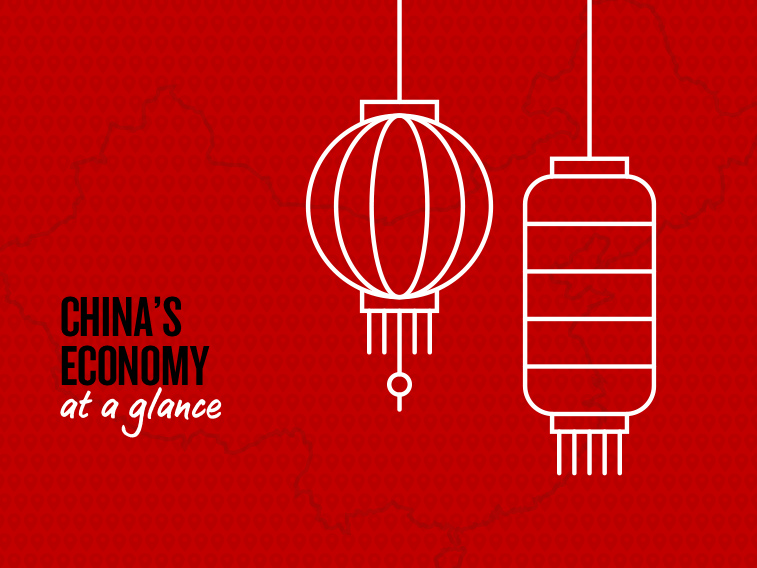Housing market sentiment rallied as national housing price growth accelerated in the March quarter.


Insight
Can China maintain its stable growth profile as trade tensions increase?

For further details, please see the attached document:
© National Australia Bank Limited. ABN 12 004 044 937 AFSL and Australian Credit Licence 230686.